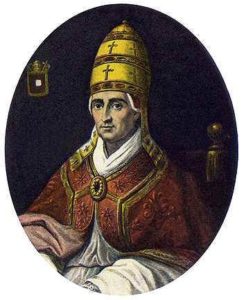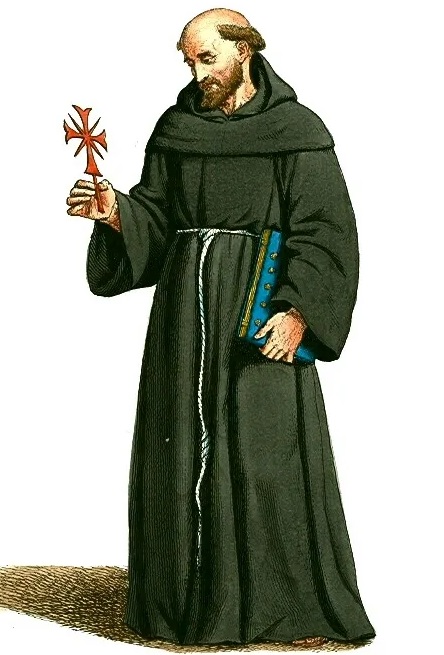Medieval priests, also known as clergymen, played a significant role in the spiritual and cultural life of the Middle Ages. As such, their clothing and vestments were important symbols of their profession and status within the Church.
In this article, we will delve into the various garments worn by medieval priests and the symbolism behind them.
Clerical Vestments
The most distinctive aspect of medieval priestly attire was the use of vestments, which are garments specifically worn for religious ceremonies. The main vestments worn by priests included:
Alb: The alb was a long, white tunic that covered the priest’s entire body, with long sleeves and a hole for the head. It symbolized purity and innocence and was worn underneath all other vestments.
Cincture: The cincture was a belt or sash worn around the waist over the alb. It was typically made of rope, wool, or silk and held the alb in place.
Chasuble: The chasuble was a large, circular piece of fabric worn over the alb and cincture. It was the most visible and ornate of the vestments and was often made of richly embroidered fabric. The chasuble symbolized the priest’s role as a minister of the Eucharist and was only worn during Mass.
Stole: The stole was a long, narrow strip of fabric worn around the neck and hanging down the front of the priest’s chest. It was worn over the chasuble and symbolized the priest’s authority to forgive sins.
Maniple: The maniple was a narrow band of fabric worn over the left arm and symbolized the priest’s service to the Church. It was only worn during Mass.
Dalmatic: The dalmatic was a tunic similar to the alb, but with wider sleeves and worn over the chasuble. It was typically worn by bishops and deacons and symbolized their role as assistants to the priest during Mass.
Mitre: The mitre was a tall, pointed hat worn by bishops and abbots. It symbolized their spiritual authority and was worn during formal ceremonies.

Other Clothing and Accessories
In addition to vestments, medieval priests also wore other clothing and accessories as part of their daily attire. These included:
Cassock: The cassock was a long, fitted garment worn underneath the alb. It was made of black or dark-colored fabric and was worn as a sign of humility and devotion.
Cloak: Priests often wore a cloak, also known as a cope, over their cassock for warmth. These cloaks were typically made of wool or silk and were adorned with embroidery or other decorative elements.
Shoes: Medieval priests wore shoes that were similar to those worn by other people of the time, but they were often made of finer materials such as leather or velvet.
Accessories: Priests often carried a range of accessories, such as a crozier (a staff symbolizing their pastoral authority), a pectoral cross (a large cross worn on a chain around the neck), and a ring (symbolizing their vows of celibacy).

Conclusion
Medieval priests wore a range of garments and accessories that were both practical and symbolic. Their vestments, including the alb, chasuble, and stole, were worn specifically for religious ceremonies and conveyed the priest’s role and authority within the Church. Other clothing, such as the cassock and cloak, were worn as part of their daily
